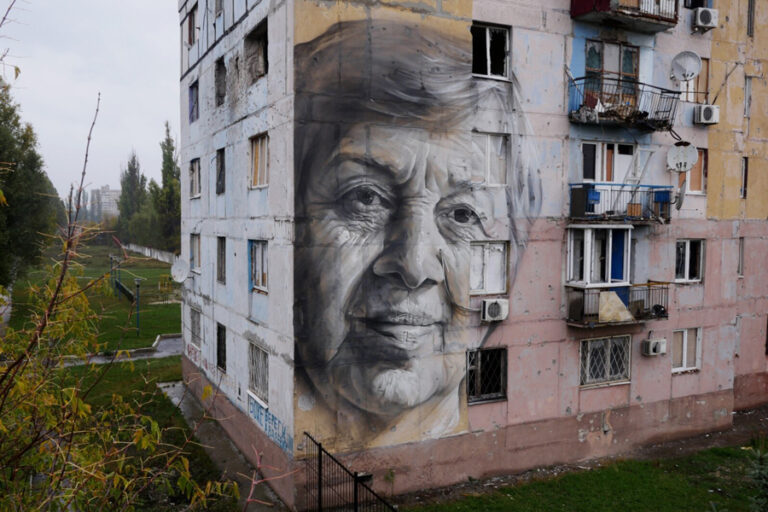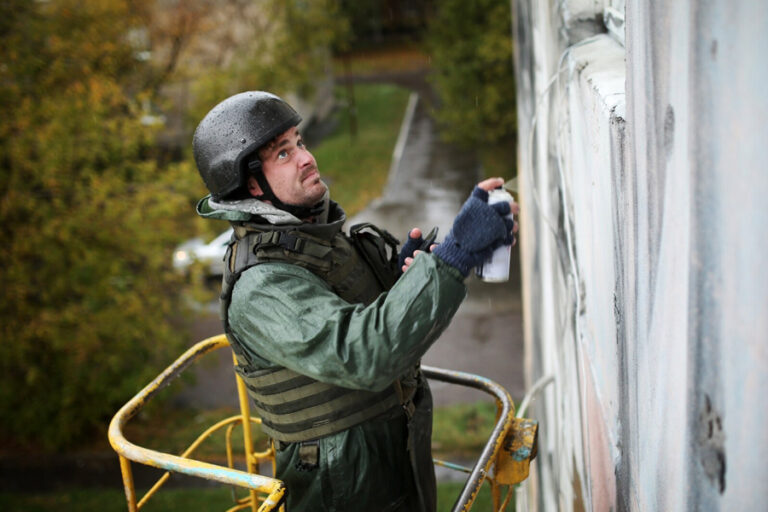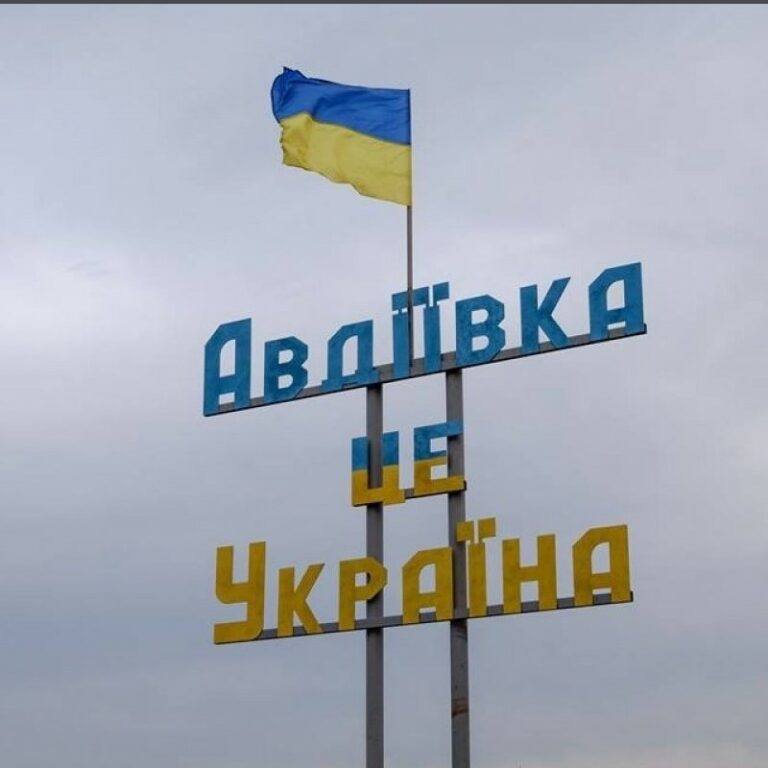
Avdiivka has faced relentless attacks from Russian occupiers for more than nine years. Nevertheless, the city’s residents steadfastly chose to identify as Ukrainian from the very onset of the war, adapting to life under constant explosions in its industrial zone. Since the beginning of the Russian-Ukrainian war, Avdiivka has continued to hold back the Russian onslaught — the occupiers have not been able to completely conquer the city for all these years. Presently, the Russian army is making desperate attempts to capture Avdiivka at any cost, aiming to showcase a semblance of victory. However, they encounter fierce resistance from the Armed Forces of Ukraine.
Considered one of the oldest settlements in the Donetsk region, Avdiivka was once a vibrant town with thriving industries, unique traditions, and diverse festivals. Like other cities in Ukraine, life in Avdiivka used to be bustling. However, today, the city is gradually resembling Marinka, which was reduced to ashes. Day by day, the Armed Forces of Ukraine, risking their lives, defend Avdiivka’s right to freedom under the Ukrainian flag. According to Vitalii Barabash, the head of the city’s military-civilian administration, as of the end of November 2023, only 1,336 people remain in the city, with ongoing evacuation efforts. This marks the lowest population in Avdiivka since 1859. For comparison, in 2019, the city was home to over 32,000 residents.
Two Avdiivkas
The history of Avdiivka begins in the middle of the 18th century when peasant folk from the Poltava and Sivershchyna regions founded the first farmstead on the territory of the modern city. However, evidence of earlier human dwellings was discovered during archaeological work in a mound on the outskirts of the city. Researchers found a Kamiana Baba (meaning ‘stone woman,’ an archaeological phenomenon found all over Ukraine), indicating the presence of nomadic tribes in this area from the 9th to 13th centuries.
Until 1778, Avdiivka was a sloboda, a free settlement of self-governed farmers. Then, as per the decision of Tsarist Russia, which controlled a large part of Ukrainian territories at the time, the village was reclassified as land belonging to the state and was attached to the Katerynoslav Province of the Bakhmut district.
The village’s name has an interesting origin. According to the head of the city’s Folk Museum, there are several settlements in Ukraine named Avdiivka” and one of them is located in Sivershchyna. During Hetman Ivan Mazepa’s governance in the 18th century, residents of Sivershchyna’s Avdiivka participated in a struggle for liberation (from Russia — ed.), leading to their village being burned down multiple times. Consequently, many were forced to move to the territory of the Bakhmut district, founding a new settlement named in honor of Avdiivka in the north. This, in turn, was named after a noble from Novhorod-Siverskyi: Avdii.
Residents of Avdiivka were called hey-heys. According to one legend, this nickname was given to them based on how land plots were distributed: a person received a plot size determined by how far they could run with a continuous yell. In other words, the longer they could run, the more stamina they had to tend to the land. The area, rich in fertile soil chornozem, allowed the residents of Avdiivka to engage in agriculture, primarily growing grain crops.
At the end of the 19th century, a railway was laid through Avdiivka, and a railway station was built a few kilometers from the town. Many people from the town of Avdiivka were employed at the train station, but the work was hard and conditions were difficult: 13 to 14 hours workdays, in inappropriate production facilities. Subsequently, this compelled workers to organize strikes and protests repeatedly, demanding better working conditions.
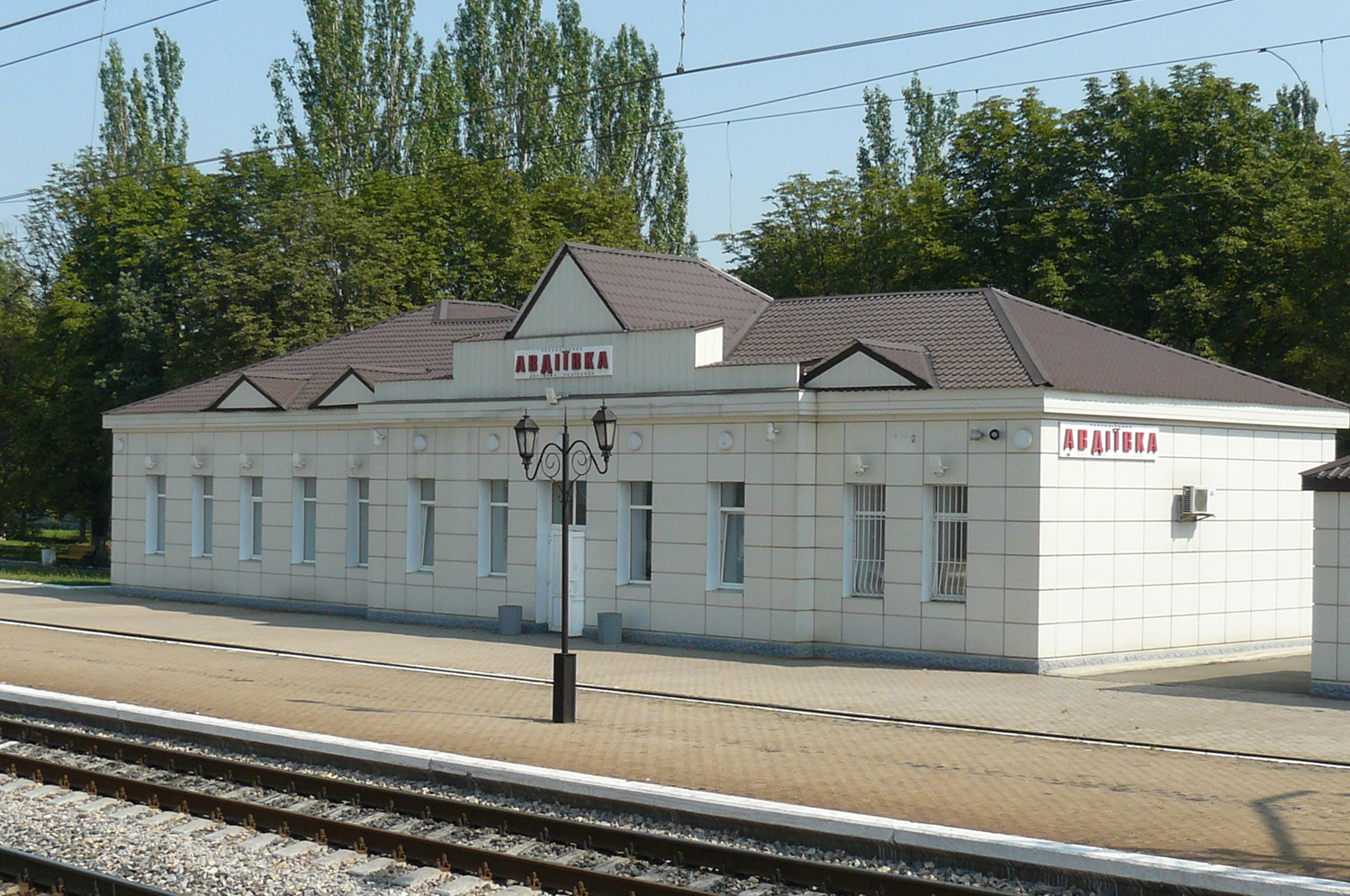
Avdiivka railway station. Photo: Wikipedia
In 1900, a brick factory opened in Avdiivka, producing not only bricks but also roof tiles. Additionally, many people found employment at a ceramic factory built in 1929. Despite these industrial developments, the traditional occupation of Avdiivka residents-agriculture-persisted. It’s crucial to note that during this period, Avdiivka comprised two settlements: Stara Avdiivka (meaning Old Avdiivka — ed.) and the settlement Khimik (meaning Chemistry Specialist — ed.). These two were amalgamated into one city in 1956.
Avdiivka also boasts a well-known quarry, where both local residents and individuals from neighboring settlements, including Donetsk, used to vacation. Formed in the 1930s through the extraction of quartz sands, this large man-made pit was filled with clean water. What was once solely an industrial site transformed into a popular tourist attraction with white sand and clear water. The resort’s popularity endured, undeterred by bathing bans imposed due to the potential risk of contamination from submerged industrial machinery rusting in the water, posing a hazard.
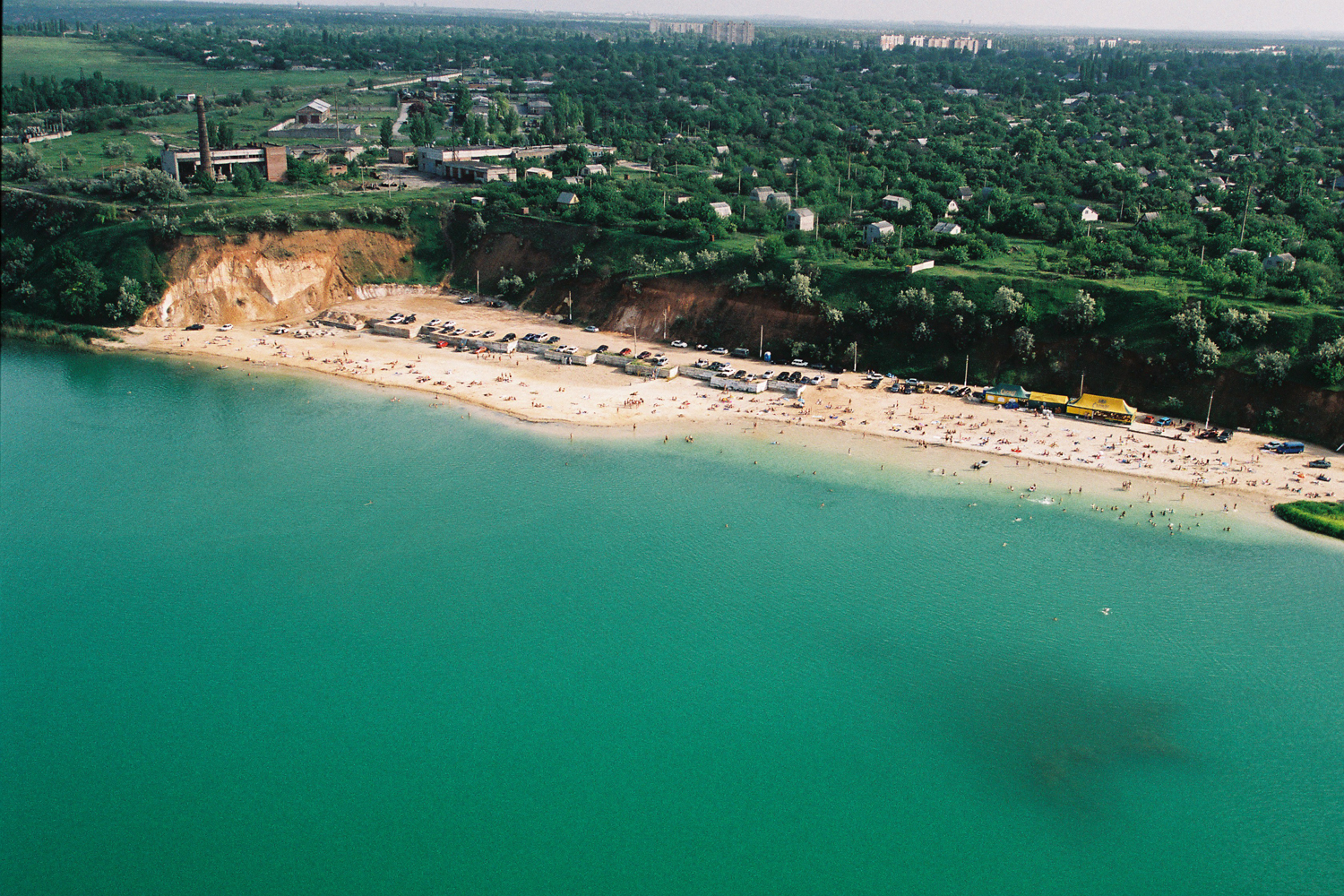
Avdiivka Quarry. Photo: Wikipedia
During the World War II, Avdiivka was one of the places where the Revolutionary Organization of Ukrainian Nationalists OUN (b) operated, a group that separated from the Melnyk-led OUN. They were subjected to repression both by the German occupation authorities and by the Soviets after the end of the war.
In 1963, the Avdiivka Coke and Chemical Plant (AKHZ) was built in Avdiivka, one of the largest coking chemical enterprises in Europe. More than 30 types of products were manufactured at the factory — the main ones being blast furnace coke, which is used in ferrous and non-ferrous metallurgy as a technological fuel, and electrode pitch and crude benzene. AKHZ products were exported to a number of countries, in particular to Poland, Moldova, Slovakia, Egypt, and Turkey.
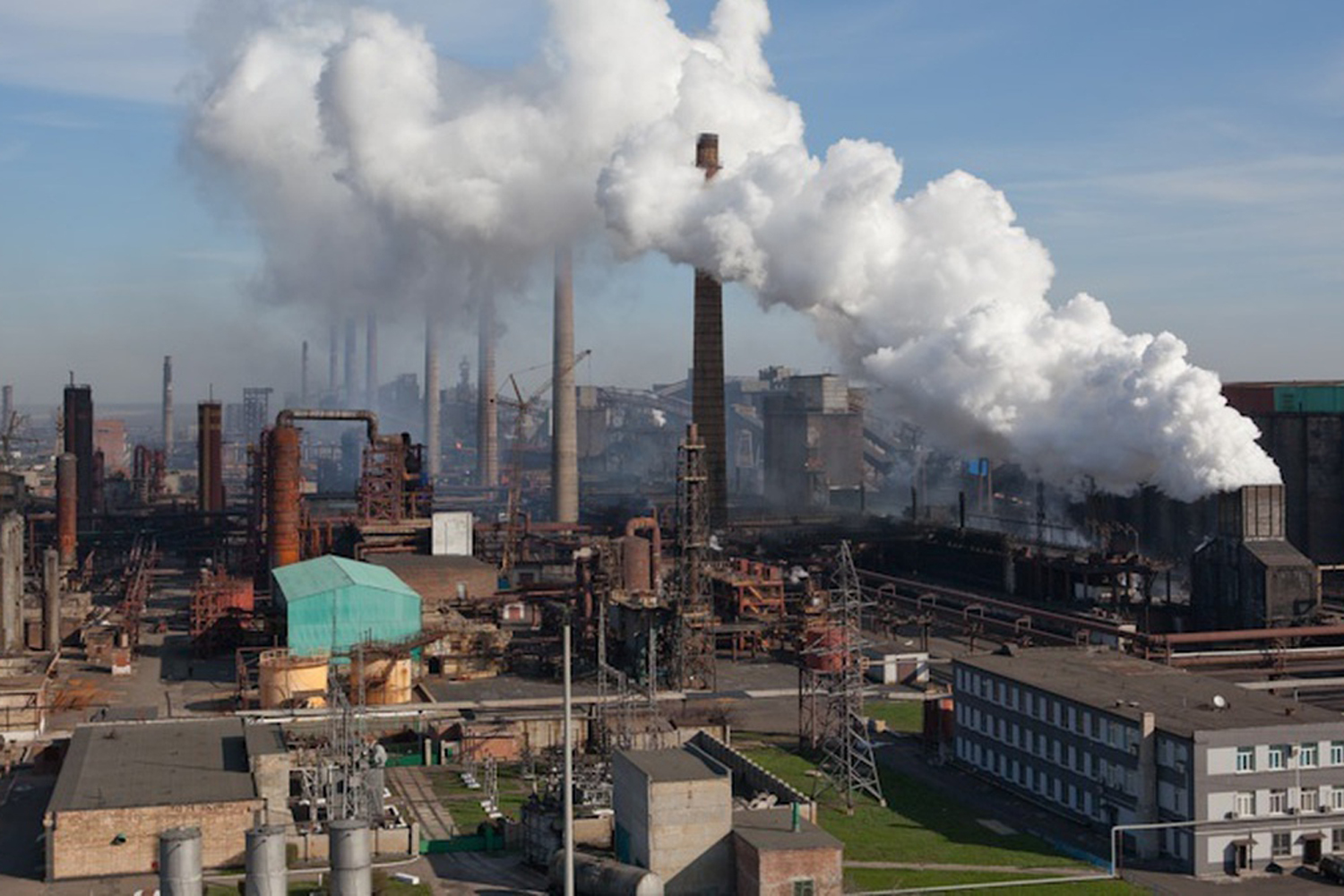
Avdiivka Coke and Chemical Plant (AKHZ). Photo: Interfax-Ukraine
At the beginning of the Russian-Ukrainian war in 2014, the work of the plant became more difficult. In February 2015, it was damaged in fire caused by Russian shelling. By 2017, more than 320 shells had exploded at AKHZ, 12 workers had been killed, and more than 50 were injured. By that time due to shelling, the work of the plant had stopped 15 times, and it was completely shut down due to loss of electricity more than 200 times.
In 2020, the plant had a workforce of 3,973 people, and its management invested in its development. However, the onset of a new phase of the war in 2022 thwarted these plans.
To Withstand Russian Aggression
In April 2014, Russian-backed terrorists calling themselves the Donetsk People’s Republic captured Avdiivka. Soon, members of the so-called Russian Orthodox Army arrived in the city and took up residence in the police station, which was immediately turned into their headquarters and a prison. Meanwhile, the Vostok battalion occupied the high-end hotel complex known as Tsarske Poliuvannia (meaning Tsar’s Hunting — ed.). It became one of many places of oppression in the occupied territories: the invaders set up a torture chamber in the basement of the hotel. Avdiivka residents were apprehended for alleged ‘administrative violations’ and coerced into labor for the occupiers, facing physical abuse if they resisted.
Russian Orthodox Army
A terrorist group that participated in battles in the east of Ukraine.The operation to liberate Avdiivka began on July 28, 2014, and on July 30, the Ukrainian government was fully restored in the city. However, hostilities for control of the city did not end there; Avdiivka became an outpost. In September 2014, Russian militants’ renewed shelling of roadblocks and residential areas resulted in the deaths and injuries of a significant number of people. By mid-November, due to the constant shelling, there was no longer a bus or railway connection in Avdiivka, while the centralized water and heating supply, administrative offices, schools, and most banks no longer functioned.
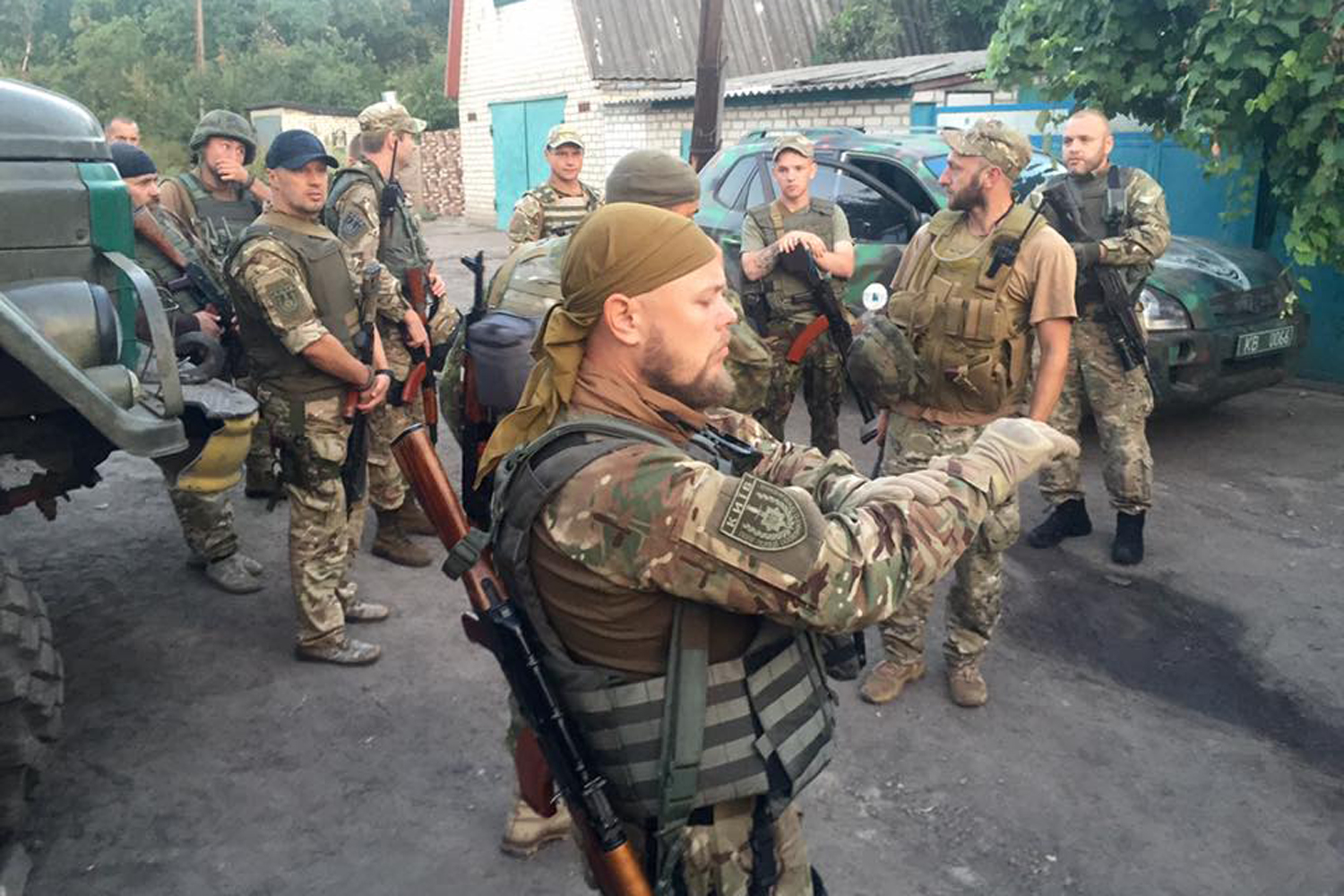
A soldier of the Kyiv police regiment in Avdiivka. Photo: Wikipedia
However, the number of Ukrainian soldiers in the city also increased; one of the most famous was the Da Vinci Wolves, who were based there. While pro-Russian militants concentrated their forces on capturing the Donetsk airport, Avdiivka was turned into a rear stronghold. When the Russian army directed its forces at the industrial zone of Avdiivka, the city fought back. Over the years, the settlement has continued to build a strong defensive line that eventually helped to make a stand once the full-scale invasion began in 2022.
Da Vinci Wolves
The 1st Separate Mechanized Battalion Da Vinci Wolves named after Dmytro Kotsiubailo, call sign Da Vinci, is a formation within the Ground Forces of the Ukrainian Armed Forces. It was created on January 20th, 2014 as the 1st assault company of the "Right Sector" volunteer corps. From March 17th, 2016 to March 7th, 2023, it was led by the Hero of Ukraine Dmytro Kotsiubailo (call sign Da Vinci). The unit participated in the battles for Avdiivka, Savur-Mohyla, Pisky, DAP, etc.To Live Despite War
Despite its proximity to the combat zone, Avdiivka continued to develop, among other things, the cultural sphere. The coking chemical plant made a significant contribution to the curation of various events, as its House of Culture, Technology and Sports was considered one of the main cultural centers of Avdiivka. Local holidays and even international events were held there.
In 2018, the city launched an annual youth art festival called Avdiivka FM. As part of its program, lectures were held with celebrated Ukrainian people and contests and concerts took place. The festival featured bands like The VYO and Zhadan i Sobaky (Zhadan and Dogs — ed.), along with singer and writer Anzhelika Rudnytska, artist Yurii Pitchuk, writer Victoria Amelina, who died on July 1, 2023, succumbing to injuries received as a result of the shelling of Kramatorsk by Russian troops.
The festival also hosted a rock school where both teenagers and adults were taught to sing, write lyrics, and play musical instruments.
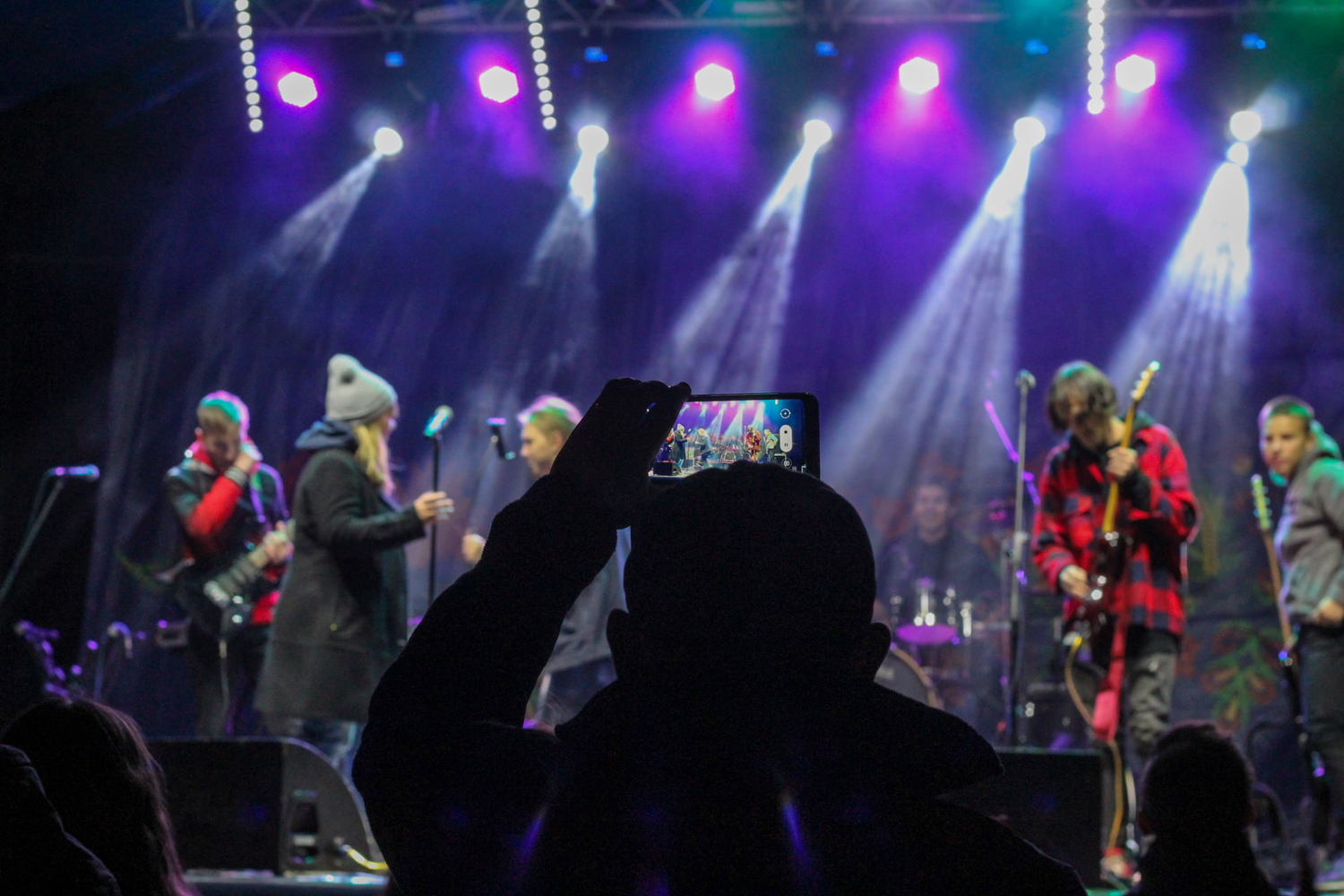
Avdiivka FM festival in 2021. Photo: Diana Sheveliova
The last Avdiivka FM festival was held in October 2021. In the same year, the Retro NEW Autumn festival was held in Avdiivka for the senior crowd. It held classes and featured dances to Ukrainian songs. The festival was planned to be annual, but the beginning of the full-scale invasion destroyed these plans.
In April 2018, Avdiivka hosted the Festival of Modern Ukrainian Cinema, which became a part of the Ukrainian Cinema in Donbas project. Its goal was to familiarize residents of the eastern regions of Ukraine with modern domestic cinema and include them in the common cultural space.
In 2019, Avdiivka was among the cities that participated in the festival From the Country to Ukraine. Participants organized concerts for the military and also conducted workshops to help civilian adults and children reflect on the experience of war and life near the demarcation line through creativity. The most popular was the master class of aerial reconnaissance volunteer and artist Alina Kosovska, who taught children Petrykivka painting using shell casings as a canvas.
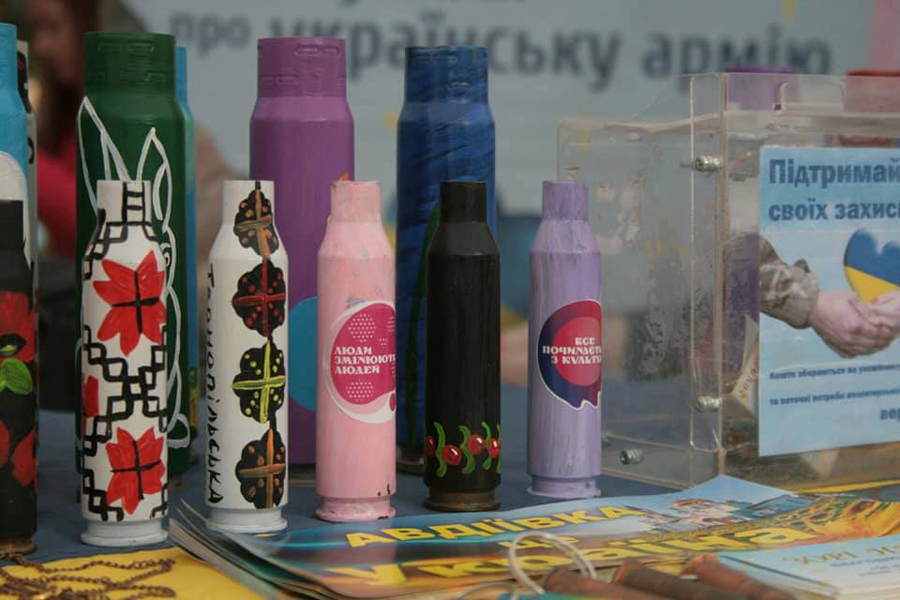
Petrykivka painting on shell casings. Photo: Army Inform
Apart from the festivals, the Avdiivka community organized literary readings in libraries, discussions with writers, and historical bicycle tours… Film screenings were held in the city’s History Museum. An alley of murals by prominent artists appeared in the city, the most famous of which is a mural dedicated to the Ukrainian language teacher from Avdiivka, Maryna Marchenko. It was painted by the Australian artist Guido Van Helten in 2016 on a building damaged by shelling. In the fall of 2014, Maryna’s husband almost lost his life near that building.
slideshow
Avdiivka also became famous for its culinary traditions, namely Avdiivka porridge, and the traditions of its preparation date back to the 19th century. Porridge is an element of both ritual and festive cuisine: it is served at wakes and at banquets as a dessert. This dish is made from rice, eggs, butter, sugar and milk. In 2019, Avdiivka porridge was added to the list of elements of intangible cultural heritage of the Donetsk region. This porridge became so popular that the residents of the city created an organization called the Club of lovers of Avdiivka Porridge.
Avdiivka During the Full-Scale Invasion
With the beginning of the invasion in February 2022, Avdiivka became one of the main targets of the Russian Federation. A new phase of the war for the city began a little earlier: the first Russian attack took place on February 21, 2022, after Russia declared the “independence” of the LPR and DPR terrorist groups. The occupiers shelled Avdiivka daily, destroying the homes of local residents and leaving them without the necessary means to survive: there has been no electricity, heating, or gas in Avdiivka since the spring of 2022, and the centralized water supply stopped a few months before the invasion due to damage by the Russians to the Donetsk filter station. Due to renewed aggression in February 2022, the work of the coking chemical plant was temporarily suspended and then completely stopped. In May 2022, the Russian army targeted a bus stop where factory workers were waiting for a bus; it resulted in the deaths of 10 people, while 15 more were injured. Since that time, the Koksokhim plant has been constantly bombarded by the Russian Federation.
Avdiivka also became one of the cities of Donetsk region where the Russian army used phosphorus munitions prohibited by the Geneva Convention. They were used in March 2022 to destroy City School No. 1. Despite the ban, the Russian army continues to attack the city with phosphorus bombs, using them in the current offensive on the city, which has continued since October 2023.
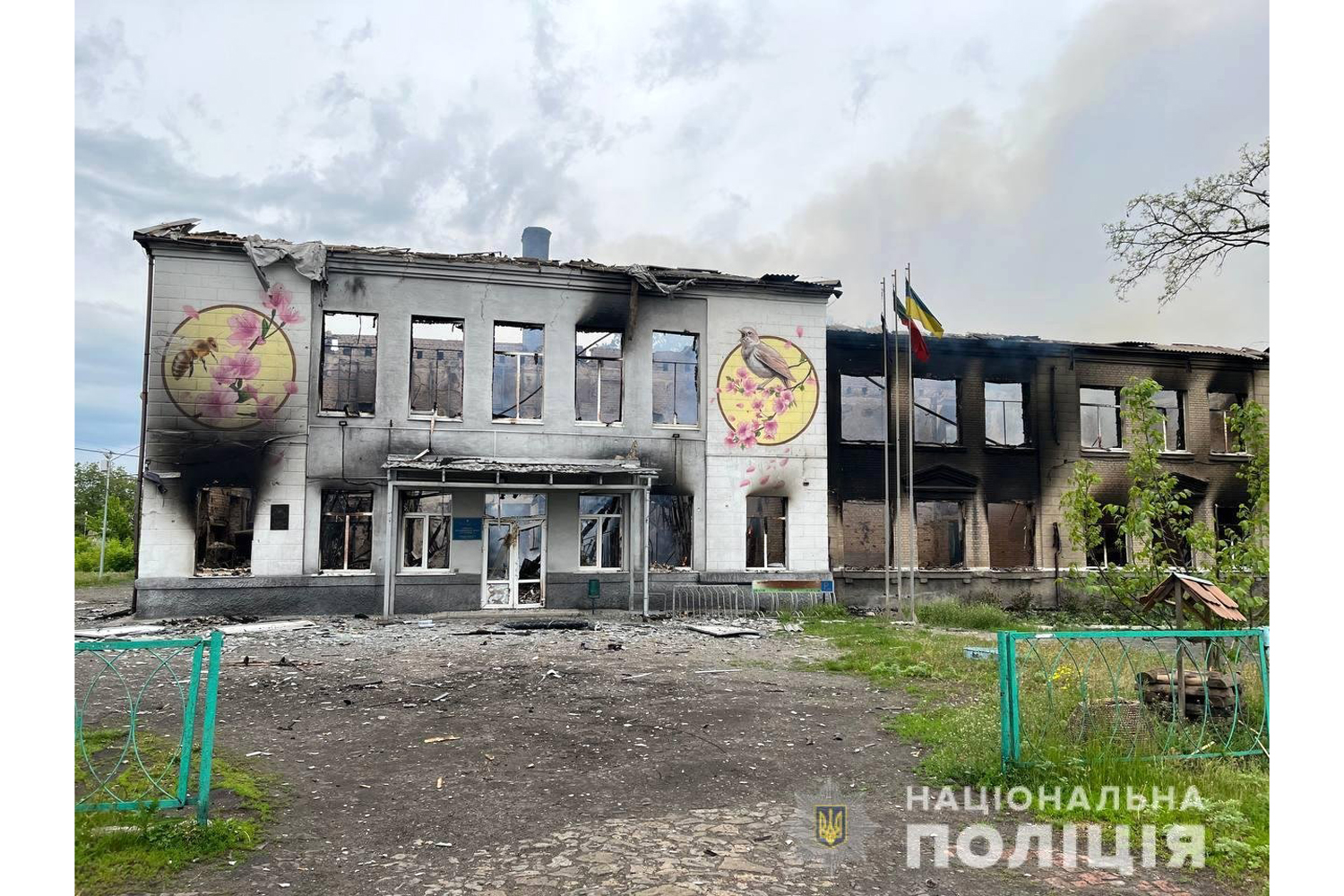
Avdiivka’s City School No. 1 after its destruction by the Russians. Photo: National Police
Although the Russians managed to advance deep into Avdiivka, they were unable to capture the city completely. On October 10th, 2023, the Russian army launched a new offensive operation in the Avdiivka area involving thousands of servicemen. The Russian army also deployed a significant amount of equipment towards Avdiivka, yet failed to achieve significant success. On the contrary, they suffered, and continue to suffer, significant losses. Commander-in-Chief of the Armed Forces, Valerii Zaluzhnyi, reported on November 10th that during just one month of fierce fighting for Avdiivka, Russia lost about 10,000 soldiers, and Ukrainian defense forces destroyed more than 100 enemy tanks, 50 artillery systems, and 7 Su-25 aircraft. Since starting their new assault on Avdiivka, the Russian army has been losing up to a thousand of its soldiers every day.
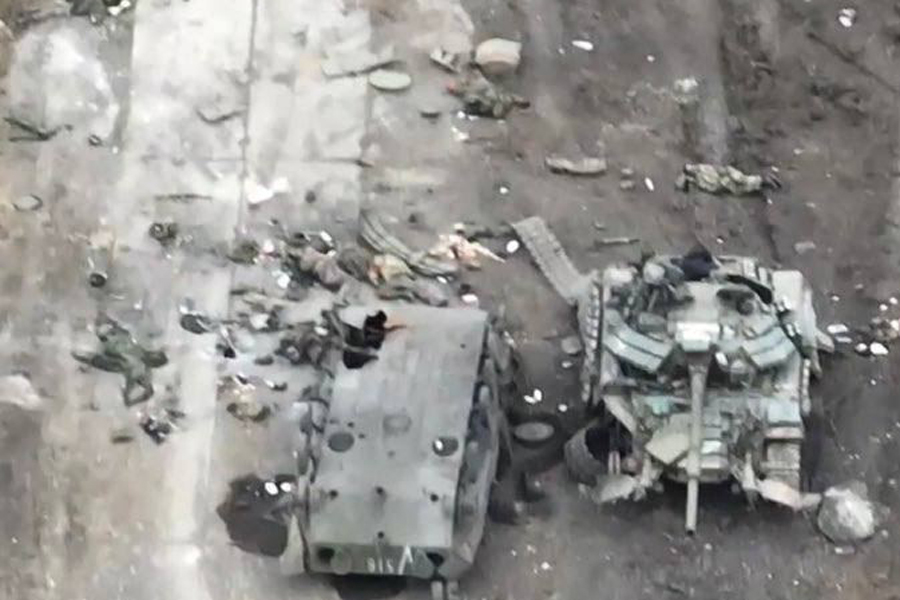
Destroyed Russian equipment on the outskirts of Avdiivka. Photo from open sources
The evacuation of the city’s population is ongoing. According to Vitalii Barabash, the Head of the City Military Administration of Avdiivka, increased hostilities and the onset of cold weather have prompted the evacuation, even for those residents who had previously refused to leave the city. Due to the Russians shelling supply routes with artillery and drones, delivering humanitarian aid to Avdiivka is challenging, but aid continues to arrive. Locals are also attempting to create their own food reserves.
As of November 2023, only one store remains in Avdiivka; three others were bombed by the Russians, and two ceased operations due to shelling. Despite difficult conditions, two doctors and four nurses remain in the city, continuing to provide medical assistance to those in need. Vitalii Barabash reports that not a single building in Avdiivka has survived.
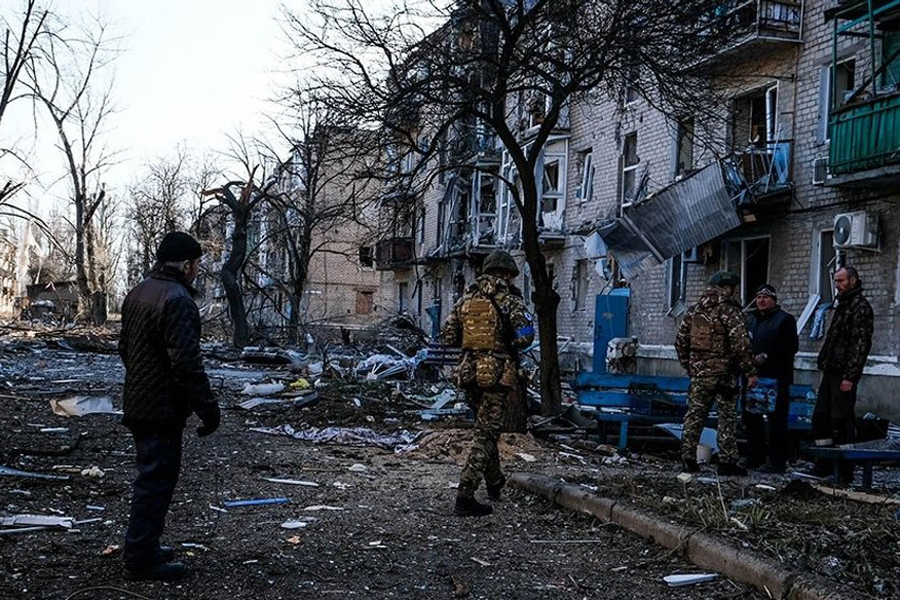
Buildings destroyed by the Russians in Avdiivka. Photo from open sources
Why Avdiiivka is Important
It is the assessment of British Intelligence that the assault on Avdiivka could constitute the most significant offensive operation conducted by the Russian Federation since January 2023. The Russian occupiers have been assigned the task of occupying the administrative borders of the Donetsk region by December 31st. In his evening address on November 14th, the President of Ukraine, Volodymyr Zelenskiy, stated that capturing Avdiivka in the near future is crucial for Russia. Putin plans to announce his election bid in December and wishes to demonstrate at least some battlefield achievement.
Avdiivka, situated no more than 15 kilometers from the center of Donetsk city, is part of the Donetsk-Makiivsk agglomeration. Its loss would shift the front line away from the city, providing the Russian army an opportunity to advance on Pokrovsk. Moreover, the capture of the coking plant, which could serve as a base and fortified position, would confer an advantage to the Russians, making it challenging for the Ukrainian army to recapture it later.
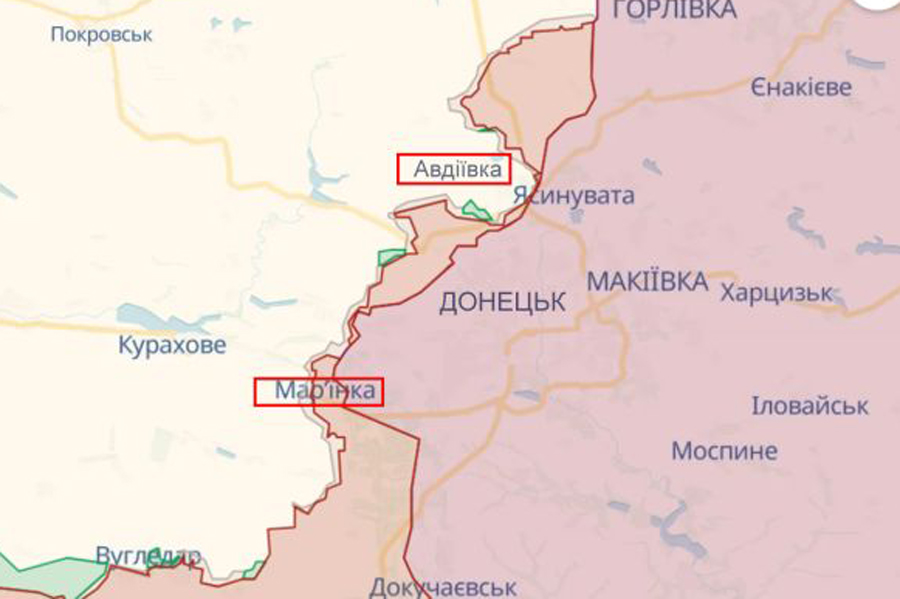
Screenshot: DeepStateMap
Avdiivka also has great symbolic significance for Russia. For almost ten years of war, the occupying army unsuccessfully tried to gain a permanent foothold in the city. If the current offensive is successful, the Russian government and military leadership will be able to declare at least some kind of victory and improve their image among the population.
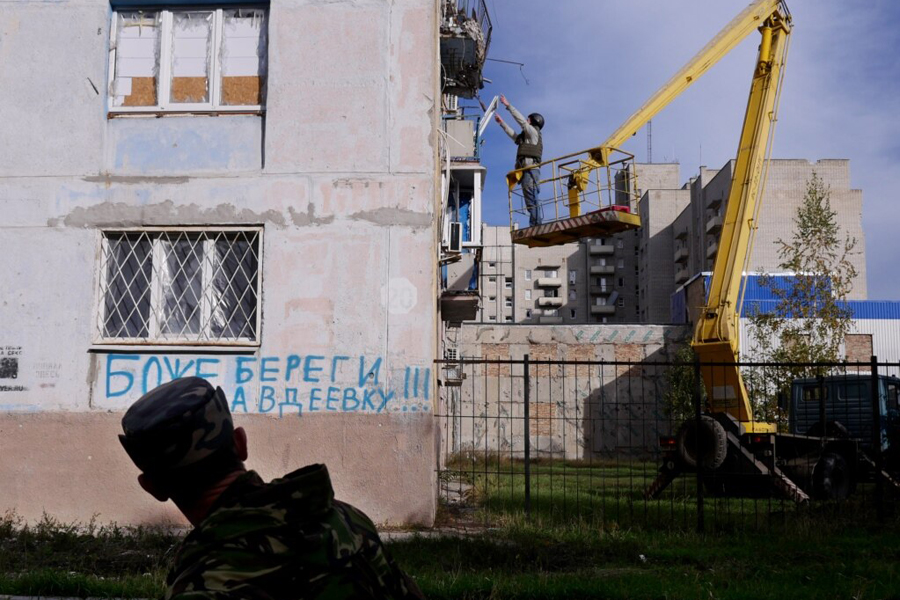
The graffiti says “God save Avdiivka!!!”. House in Avdiivka, 2016. Photo: Amos Chapple
Nevertheless, the Armed Forces of Ukraine, enduring the pain and fatigue, continue to keep Avdiivka under their control. At the cost of their own lives, they create the opportunity for the city to stand under the Ukrainian flag.

